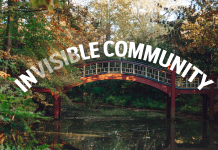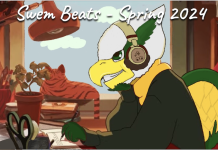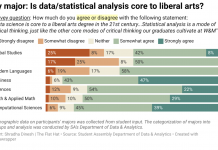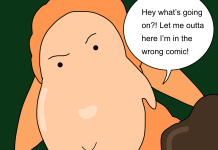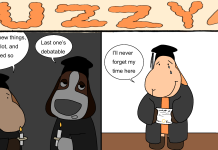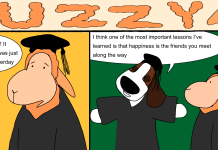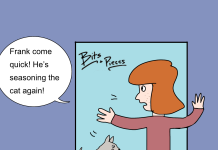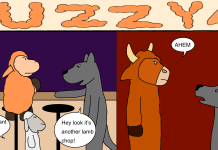“Tradition” probably rivals the word “the” for use in campus tours — name an issue at the College and no one, from politicians to press, can go very long without mentioning it. Or the darling prospectives sitting at home in their bedrooms pouring over copies of “Insiders’ Guide to the Colleges”? They’re bound to find a paragraph or two featuring some student at the College gushing about the freshman march through the Wren Building as if it ranked up there with the Second Coming. We most assuredly have a love affair with tradition.
p. But it’s this preoccupation which has tied up students and alumni in arguments over such sundry things as Campus Drive’s name change, the feather plucking, the Sex Workers’ Art Show and, yes, the Wren cross controversy. What is troubling about these debates is their unfailing reliance on what seems to be regarded as a hallmark of our school: tradition itself. Too often, the mantra of “this is the way things have always been” is invoked as if it automatically shields a certain practice from scrutiny.
p. That’s not to say there haven’t been decent arguments on either side of a number of controversial issues, but rather that they’re being overshadowed by a bunch of preposterous claims about “established values.” While there’s nothing wrong with making value judgments per se, serious argumentation requires more evidence than a reference to tradition can provide. With more and more people asking “why,” using “because that’s the way things have always been” is holding up less and less.
p. The College is nothing if not intellectual and we’re being ignorant if we think we can avoid the rigor of crafting more serious defenses by simply citing the status quo. The NCAA’s decision which resulted in our defeathering exemplifies when a tradition makes sense. The reasonable defense of our feathers — as reflections of academic and regional heritage — was largely drowned out by cries of “Um, that’s retarded. We’ve been doing things this way for as long as we can remember and nobody really cared.” Notice the difference.
p. This brings us to the more contentious issues at the intersection of tradition and ideology featuring “The Vagina Monologues,” the Wren cross and the Sex Workers’ Art Show, the last of which I recall reading somewhere was part of a liberal plan to destroy our moral norms. Since the Wren cross was exhausted as a topic long ago, let’s muse on the norm-bustin’ Sex Workers’ Art Show. By and large, the criticism it received was for being yet another attack on traditional values. Values, however, prove difficult if not impossible to cite in a reasonable discussion barring those with universal acceptance (one assumes there aren’t many folks out there fighting for the right to murder).
p. The more practical point of contention was that the art show glorified or glamorized the sex industry, a business which has objectified women and reinforced the “male aggressor” stereotype leading to, as One in Four is fond of pointing out, a higher incidence of rape. But, as mentioned, most detractors ignored this path and instead chose to call the show a disgusting affront to traditional values without offering any further argument. Unless you’re looking for a messy debate about faith in religious tenets, all argument must inherently stop when moral norms come up. Just how deep does the question “Why do you believe adultery is wrong?” really go?
p. Why do we hold the Yule Log ceremony? Why did we have feathers in our logo? Why does the Wren Chapel have a cross? These things and others are all part of campus tradition, but the important thing is that we can explain them. Tradition without occasional scrutiny, on the other hand … well, try to find the sense in that.
__Andrew Peters, a sophomore at the College, is a Staff Columnist. His columns appear every Friday.__




